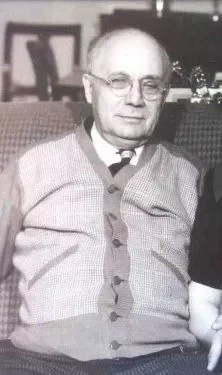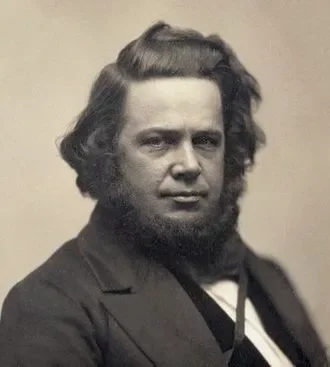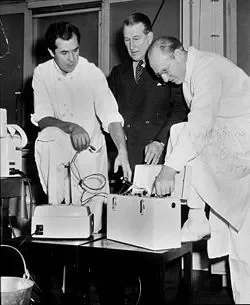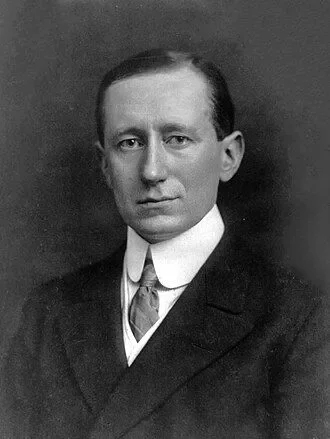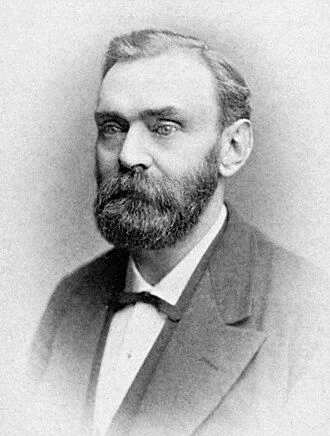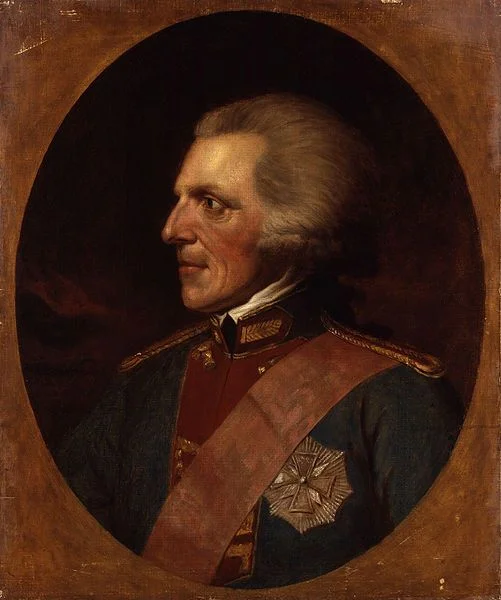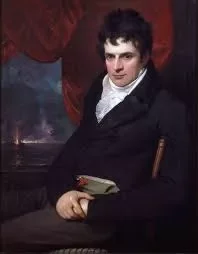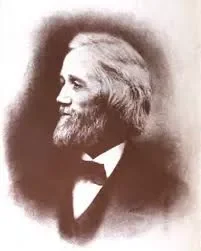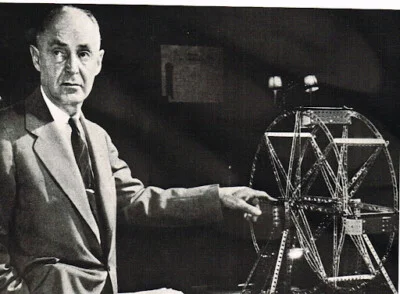Real Celebrities Never Die!
OR
Search For Past Celebrities Whose Birthday You Share
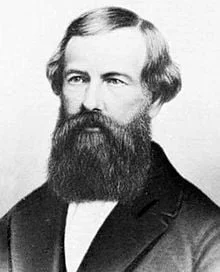
source:wikimedia.org
Elisha Otis
Birthday:
03 Aug, 1811
Date of Death:
08 Apr, 1861
Cause of death:
Diphtheria
Nationality:
American
Famous As:
Engineer
Age at the time of death:
49
Early Life and Craftsmanship
Before skyscrapers transformed urban landscapes, ascension was limited to stairs. Then came Elisha Otis, an inventive entrepreneur who revolutionized vertical mobility with his groundbreaking creation — the safety elevator. Born on August 3, 1811, in Halifax, Vermont, Otis grew up in a world filled with machinery and craftsmanship. His father, Stephen Otis, was a wagon maker, and young Elisha quickly absorbed these skills. This early exposure sparked his passion for mechanics, guiding him through various ventures, from manufacturing bedsteads to designing carriage wheels.
Innovative Ventures in Albany
In 1834, Otis moved to Albany, New York, where he established a bedstead-making company. Even in this seemingly routine venture, his inventive spirit shone brightly. He created a machine that significantly boosted production, earning him a well-deserved bonus. This marked the beginning of his journey toward greater innovation. Otis’s talent extended beyond furniture; he also designed and patented new railroad car trucks and brakes, demonstrating his versatility and understanding of safety.
The Life-Changing Incident
In 1851, while working as a master mechanic in a Yonkers bedstead factory, Otis witnessed a tragic accident. A worker fell to his death from a malfunctioning hoisting platform. This moment deeply affected Otis and fueled his drive to develop a safety device for elevators, which were then primarily used for hoisting cargo. From that day forward, he dedicated himself to solving the problem of vertical transport safety.
The Birth of the Safety Elevator
Driven by determination, Elisha Otis spent countless hours perfecting a fail-safe mechanism for elevators. Through multiple iterations and relentless experimentation, he finally achieved success. In 1854, he patented the automatic safety brake, a revolutionary device that gripped guide rails in case of cable failure. This innovation eliminated the risk of falling, transforming the safety and practicality of elevators forever.
The Famous Crystal Palace Demonstration
Despite his confidence in the invention, initial skepticism persisted. To prove its efficacy, Otis staged a dramatic demonstration at the 1854 New York Crystal Palace Exposition. Suspended high above the crowd on a platform, he deliberately severed the hoisting rope. The safety brake engaged flawlessly, leaving the audience in awe. This moment cemented Otis’s reputation as a pioneer in vertical mobility and silenced doubters.
Elisha Otis's Quote's
The Formation of Otis Elevator Company
With the success of his invention, Otis founded the Otis Elevator Company in 1852. His company became a global leader in elevator technology. He continued refining his safety mechanisms, introduced steam-powered elevators, and developed innovative control systems. These advancements solidified Otis’s place at the forefront of elevator technology and opened the door to modern skyscrapers. His work was pivotal in the development of high-rise buildings that reshaped cities worldwide.
Otis’s Lasting Legacy
Elisha Otis passed away on April 8, 1861, at the age of 49, but his legacy was already secure. His invention of the safety elevator not only revolutionized transportation but also unlocked new architectural possibilities. Otis’s pioneering spirit, dedication to safety, and relentless pursuit of innovation continue to inspire engineers and inventors today. Thanks to his vision, cities could finally reach for the sky. Vertical movement became safe and seamless, and his name remains synonymous with the technology that redefined urban spaces.
Name:
Elisha Otis
Popular Name:
Elisha Otis
Gender:
Male
Cause of Death:
Diphtheria
Spouse:
Place of Birth:
Montpelier, Vermont, United States
Place of Death:
Yonkers, New York, United States
Occupation / Profession:
Personality Type
Logician: Innovative inventors with an unquenchable thirst for knowledge. He was an inventor and even to popularize his invention he had choosen innovative methods.
Otis's company played a pivotal role in constructing the Eiffel Tower, demonstrating the increasing reliance on his technology for ambitious architectural projects.
Otis's original safety brake prototype used hemp ropes and wooden clamps, showcasing his resourcefulness and adaptability.
His elevator demonstrations often involved daring stunts, including riding platforms suspended hundreds of feet in the air, further adding to his public image as a fearless innovator.
Despite his groundbreaking invention, Otis initially struggled to convince building owners of the need for safety elevators, highlighting the challenges faced by visionary pioneers even in the face of demonstrably life-saving solutions.
He founded the Otis Elevator Company.
His most noteworthy achievement was the safety elevator.
